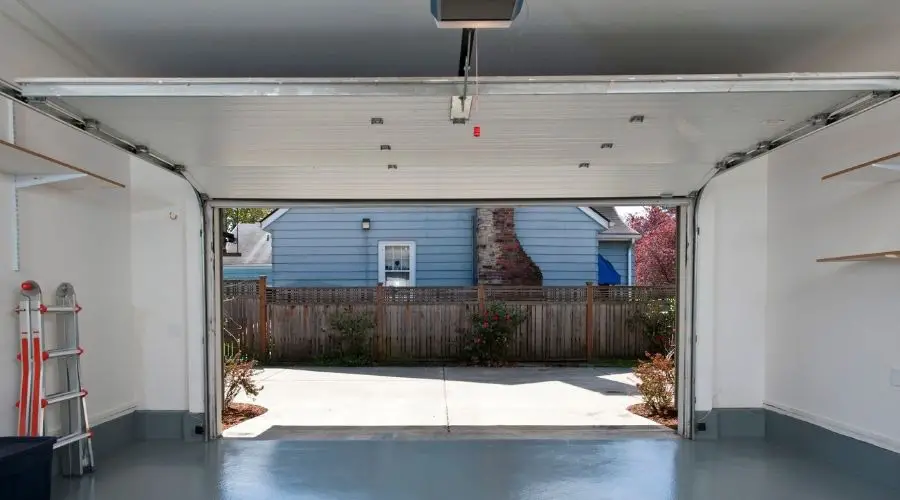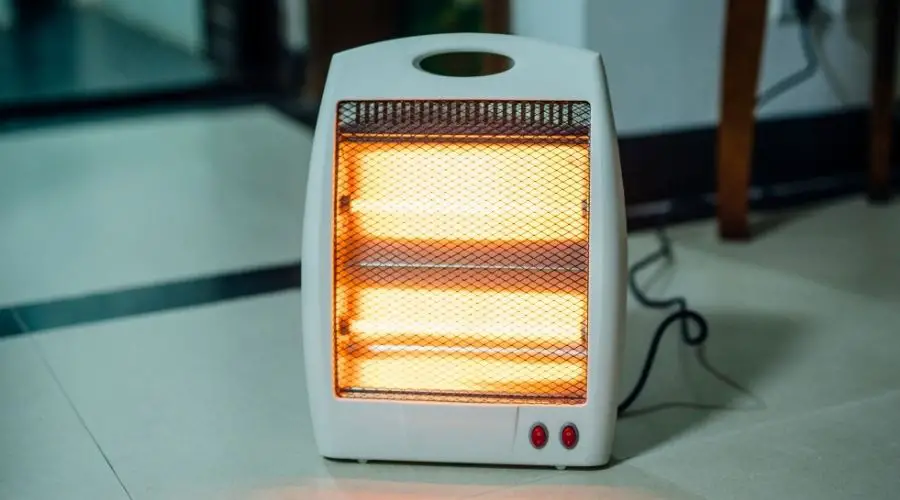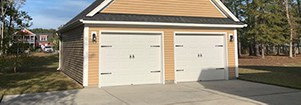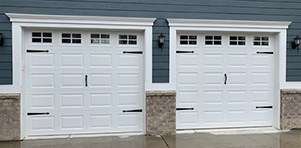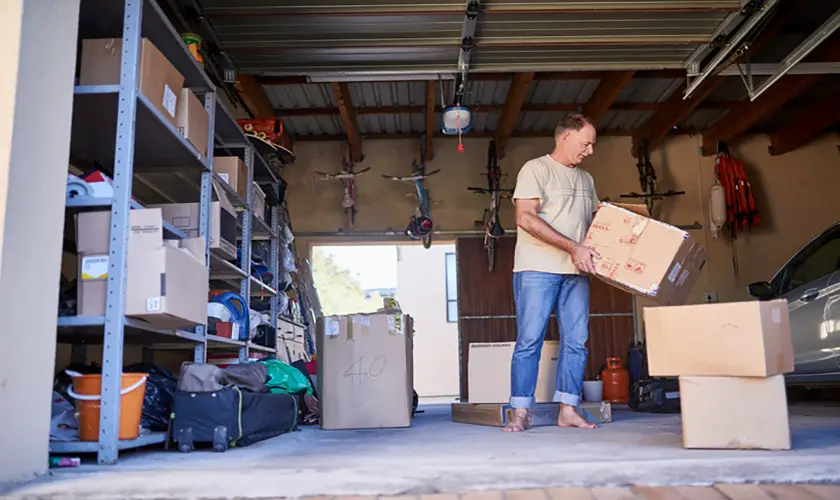
The garage has been a space to put stuff you don’t use and park your car. In other instances, it is also an extension to the house, offering an alternative entrance and exit. However, modern housing is changing the role of the garage. Homeowners are reclaiming the garage space and making it as comfortable for themselves as possible. One of the ways they’re making the garage livable is through insulation.
If you’re looking for an easy, DIY method to insulate the garage ceiling, fiberglass is your best bet. However, if you are looking at long-term energy-saving, controlled temperature and the highest return on investment over time, spray foam insulation is the best approach.
We’ve gathered information to help you understand the what, why, and when guide to insulating the garage ceiling. This guide sheds light on the pros and cons of each method and takes you step by step on how to insulate a garage ceiling with fiberglass or spray foam.
Fiberglass Vs Spray Foam Overview
The table below gives you a quick look at where each method shines.
| Fiberglass | Spray Foam | |
|---|---|---|
| Initial Cost | Fiberglass costs $0.40 per square foot | Spray foam is more expensive than fiberglass at up to $3 per square foot |
| Coverage | Fiberglass covers the ceiling, but it might leave gaps in some hard-to-reach areas. | Spray foam offers full coverageInsulation (R-value)Fiberglass has a lower R-Value than Spray Foam at 4.3 per inchSpray foam has a higher R-value for areas with changing climate at 3.7 per inch for open cell and 6.5 per inchDurabilityFiberglass depreciates over timeWith the efficient application, spray foam can last as long as the house does. |
| Ease of Installation | You can DIY | You can DIY but hiring a professional is better |
| Energy Efficiency (long term cost) | It is energy-efficient, allowing minimal amounts of heat to pass through. However, it’s less efficient than spray foam. | Though it’s expensive in initial costs, it has better returns in the long term. |
| Air Sealing | It doesn’t seal air as tight as spray foam | The best air sealant |
| Works Better With Additional Air Conditioning | It works better if you have more air conditioning in the house. | |
| Fire Safety | Fire retardant | Flammable |
| Acoustic Control | Fiberglass is a natural sound absorber | Spray foam seals all the spaces where sound can travel, making it a better sound-absorbing material. |
| Eco-friendliness | Fiberglass is made from recycled glass | Polyurethane is more eco-friendly since it saves more energy. |
What is Fiberglass Insulation for Garage Ceiling?
Fiberglass was first used as insulation in 1938. To date, it remains a common choice among homeowners looking for a cost-effective way to insulate their residential spaces. Commercial buildings also use fiberglass insulation to save energy costs.
It is made out of – as the name suggests – fiberglass. Specifically, it has bits of silica sand, ash, and limestone. Usually, you’ll find it in two forms, rolls and batts made from Discontinuous glass fibers. It is also available as a blown-in loose-fill.
One of the best things about fiberglass insulation — and perhaps the reason it’s so affordable — is it can be made from recycled glass.
Step by Step Guide on How To Insulate Garage Ceiling With Fiberglass
Insulating a garage ceiling with fiberglass is a two-person job. You can go at it alone, but it would be easier if you had a second person handing you the essential material.
Materials
- Fiberglass insulation
- Optional garage door insulation kit — this is only if you haven’t insulated the garage door already.
- Filler foam
- Drywall-if there wasn’t any.
- Protective gear for the eyes and body
- Sharp utility knife preferably in a utility belt to make it easier to reach
- Straight wood to act as a cutting guide for the fiberglass
- Staple gun and accompanying staples
Procedure
- Set up your ladder a ladder or a scaffold. Any stable platform is okay, too — it’s DIY after all.
- Clean up the ceiling as you check for any holes or open crevices between the garage ceiling and the floor of the room above. If it’s in a detached garage, check the same. Fill any holes or gaps with sealant or spray foam.
Note: Spray foam puffs up fast, so apply lightly on the crevices and wait for it to set.
- Measure the spaces on the ceiling and note each section.
- At this point, cut the rolls or batts to the recorded sizes. Cut on a flat surface to get the most accurate pieces. Use the wood to guide your cuts.
- Go space by space, filling the rolls or batts. Push the fiberglass into the spaces. Push it out just a bit to get maximum coverage.
- Check for any missed spots.
- Fill the gaps with leftover fiberglass. You can also use spray form; only, in this case, you’ll be using it to cover hard-to-reach areas.
- Staple the fiberglass in place.
- Re-install the drywall to give the newly insulated space a neat finish.
Pros and Cons of Fiberglass Insulation on The Garage Ceiling
Advantages of Fiberglass Insulation
- Using fiberglass to insulate your garage ceiling is pro-green. The material can be made out of recycled glass. And when it’s torn down — probably because of depreciation — it’s still recyclable. You’re looking at less waste and all-round environmental consciousness.
- If for no other reason, install fiberglass as garage ceiling insulation for its fire resistance. Garages house plenty of electric outlets and flammable chemicals. If you have a room above the garage, the risk of a fire in the garage threatens the entire house. Yet, fiberglass garage ceiling insulation can stop a garage fire from bringing down the whole house.
- Everything about fiberglass insulation is meant to ease its installation. It’s easy to cut, and you can push it easily into the ceiling joists with minimal spaces left uncovered.
Disadvantages of Fiberglass Insulation
- Improper insulation will quickly reverse all your hard work. Any spaces left from improper installation allow air into the insulated rolls or batts, compromising the insulation. Not to mention a breach in the insulation drastically compromises the R-value.
- Cold temperature is harsh on fiberglass glass ceiling insulation. Extreme cold weather reduces the lifespan of fiberglass insulation.
What is Sprayform Insulation For Garage Ceiling Insulation?
Spray foam was being used for insulation as early as in the ’70s. Now, it’s a way to insulate houses, garages, and storage spaces. It is made from a combination of isocyanate and polyol resin. These two materials interact to expand up to 60 times the size of the initial spray.
Spray foam insulation comes in two forms.
- Open cell (ocSPF)
This is the more affordable option. It’s a low-density option, totaling about 0.5lbs/cubic foot. Open-cell spray foam, while costlier than fiberglass, is a great filler where fiberglass can’t fit.
It has an R-Value of about 3.8/inch, which means it offers excellent insulation in areas with diverse weather patterns.
- Closed cell (ccSPF)
A closed-cell spray form is a costly method of insulation. Most households won’t use it, though it has the best insulation properties. Its 2lbs/cubic feet weight is so dense it might be used as a structural element.
It has an incredibly high R-density, about 6/inch. If you’re looking for total air retention and maximum R-density, closed-cell spray foam is one of the best options to choose. It works well in sealing minute spaces where you have 2×4 framing.
However, in a garage, you’d be going a bit overboard if you chose closed cell spray foam.
How To Insulate Garage Ceiling With Spray Form
Insulating the garage ceiling with spray form is a one-person job if you have the right tools. However, a second person is recommended just in case you need an extra hand.
For this guide, we’re detailing a DIY procedure. First, however, you need to get a skilled insulation installer to handle your spray foam garage ceiling insulation for you.
Material Needed
- Portable spray foam insulation kit
- Protective gear covering your entire body- hooded suit, gloves, a face mask, and eye protection
- Clean-up brush
Procedure
- Prepare your platform, scaffold, or ladder
- Remove any protective drywall covering the ceiling
- Clean out the exposed spaces with your soft brush
- Check for any holes that connect to the room above. If the garage is detached, check any spots and exposed areas.
- Shake the spray foam insulation kit to make foam application easier
- For the really hard-to-reach spots, attach a straw and aim at the areas you need to fill.
Warning: Spray foam, when mixed well, sticks fast. It is not easy to remove. You need to be precise in your application.
- Depending on your kit, one-touch spray is enough. Open cell insulation fills up more space. Spray about an inch of the width of the space. If you’re using closed cell spray foam, spray 50% of the width of the space.
As a precautionary measure, test out the filling capacity of the spray on a small surface. This prevents you from wasting the spray foam. It also gives you wiggle space if you notice your product doesn’t stick.
- It will take about 15 minutes to expand fully. But it might take up to 8 hours for it to properly set. During the 8-hour waiting period, do not expose the area to UV light. Keep the garage locked or cordoned off.
- Reinstall the drywall.
Pros and Cons of Spray Foam Insulation
Advantages of Spray Foam Insulation
- Spray foam insulation gives you lifetime insulation in your garage if it is not exposed to direct sunlight. That makes it a high-return long-term investment.
- Spray foam insulation has a high R-value at R-40. This is in line with modern standards and excellent for green living.
- There is a reduced risk of mold and pests once you use spray foam insulation in the garage ceiling.
Disadvantages of Spray Foam Insulation
- It’s costlier to insulate with spray foam. If you use closed cell spray foam, it’ll cost you up to $4.19 per square foot with a R-19 value. Covering a detached garage will cost you between $1850 for open cell spray foam and $5500 for closed cell insulation.
- You need to be quick and careful with DIY spray foam insulation. It clogs up the kit if you leave it unattended for long.
- During installation, it produces a gas that could be a potential health hazard. However, the foam is inert and harmless once it is fully cured.
Why Should You Insulate Your Garage With Fiberglass Or Spray Foam?
Before you insulate your garage, it’s vital to consider its setup. Is it a detached garage, or is it part of the rest of the house?
You NEED to insulate your detached garage if you plan on making it a living space in cold months, more so if you fall within the IECC Climate Zone 4.
Besides the climate zones, these are the other reasons why you should insulate your garage.
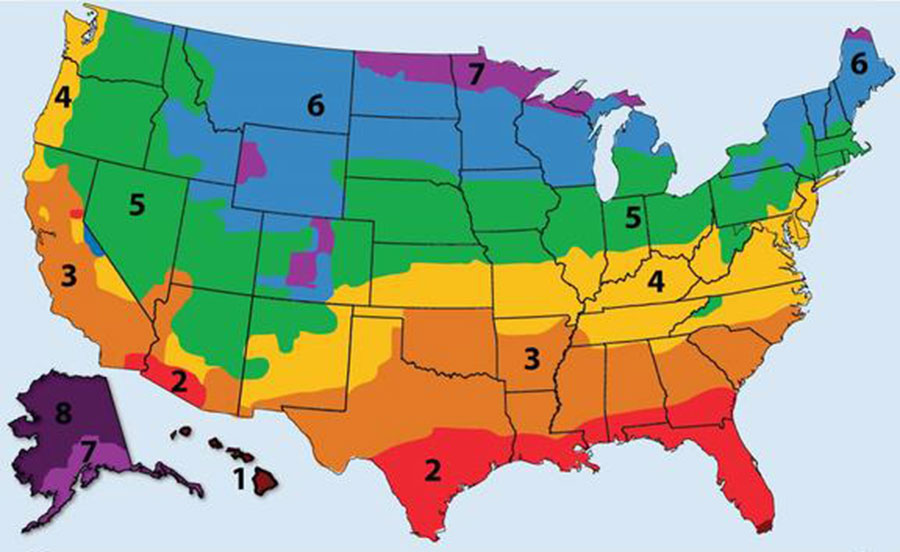
- Garage insulation forms a superb sound barrier between the outside and yourself. Let’s assume you’ve insulated the garage door and walls. Shutting out the noise makes your garage a new relaxing area of the house.
- Without insulation, your garage is either a cold icebox or too hot, especially when temperatures hit their extremes. However, effective insulation keeps the air at just the right setting, especially when you plan to have air conditioning covering the garage.
- Garage ceiling insulation makes your garage a safe buffer against moisture damage, noise, fire risks, and funky smells. Since you store stuff in the garage that could cause all these problems, insulating it is one more precaution against the risks associated with any of the stored material.
- Wouldn’t you like to have a personal space that feels like an extension of your home? Insulation makes the garage feel like the rest of the house with its regular temperature, noise cancellation, orderly stacking of stuff, and perhaps a few personal additions for your comfort.
FAQ
- Why is spray foam the best insulation for your garage ceiling? With insulation, you want maximum coverage on ceiling joists. You only need to spray a small amount of the foam and let it set. It adheres to the surface, where it will stick for a long time. It lasts longer, gives you total insulation, and has a super R-value that upgrades your garage to a livable space.
- Are spray foam and fiberglass insulation safe? Once they are correctly installed, spray foam and fiberglass insulation are safe for your garage and your family.
- Should I call a professional to insulate my garage ceiling with fiberglass or spray foam? Yes, you should call a professional to insulate your garage ceiling with fiberglass and spray foam. A professional will ensure that your garage ceiling is covered to give you the best insulation. It saves you the hassle of accidents and DIY mistakes.
Final Word
Your garage is an extension of your home. Insulating your garage ceiling is the first step to a total transformation of a regular garage to an energy-saving, comfortable area.



